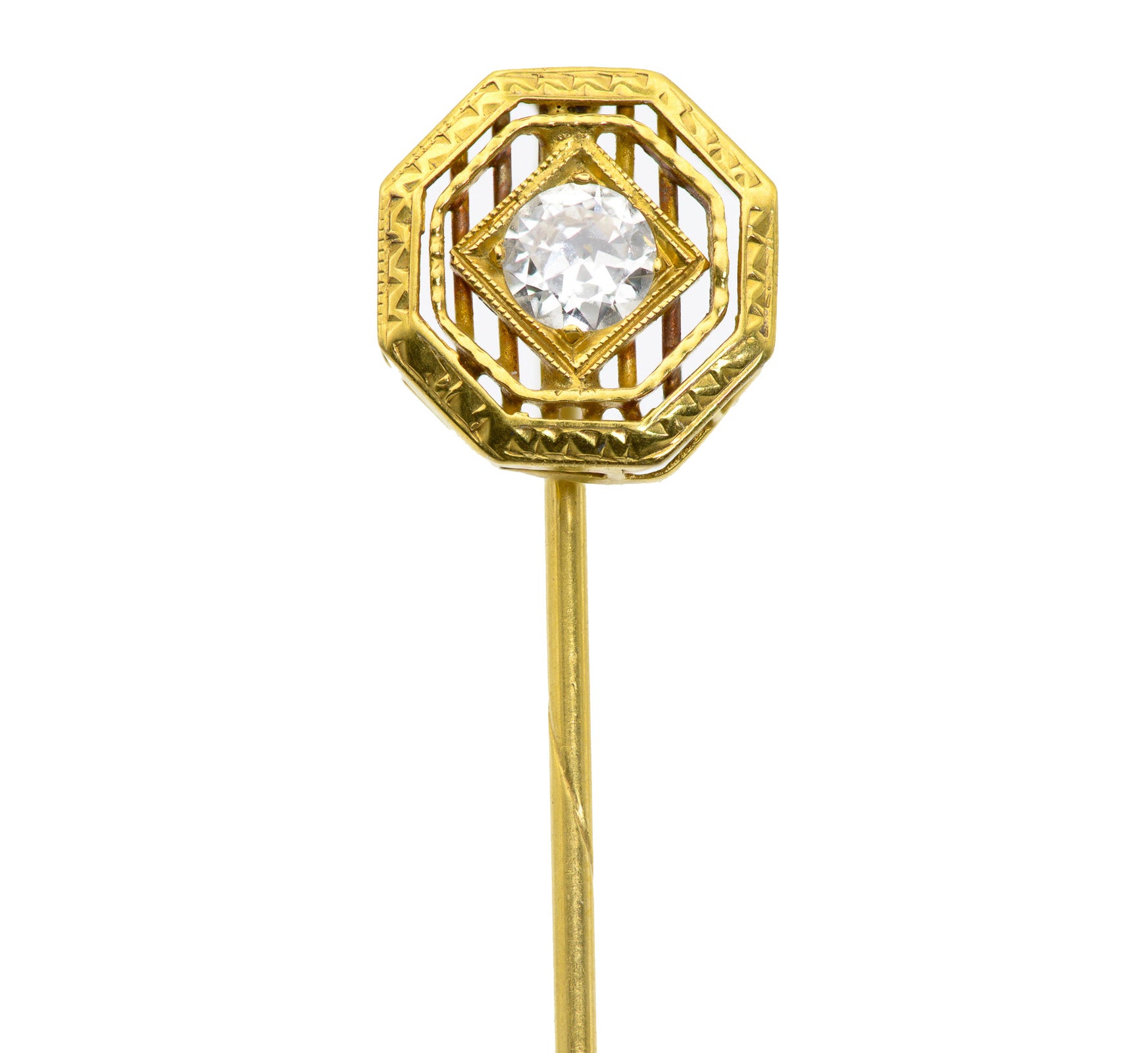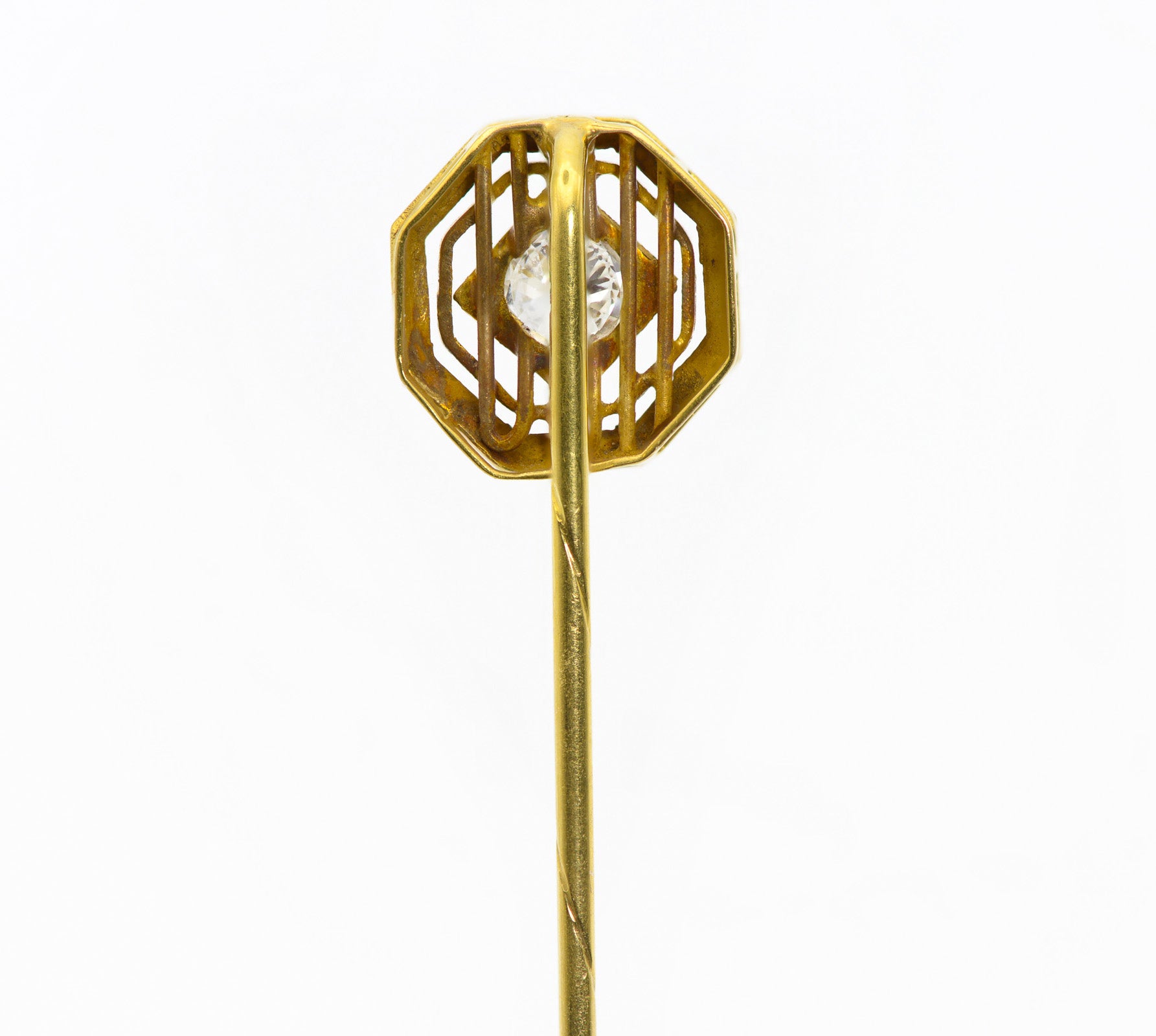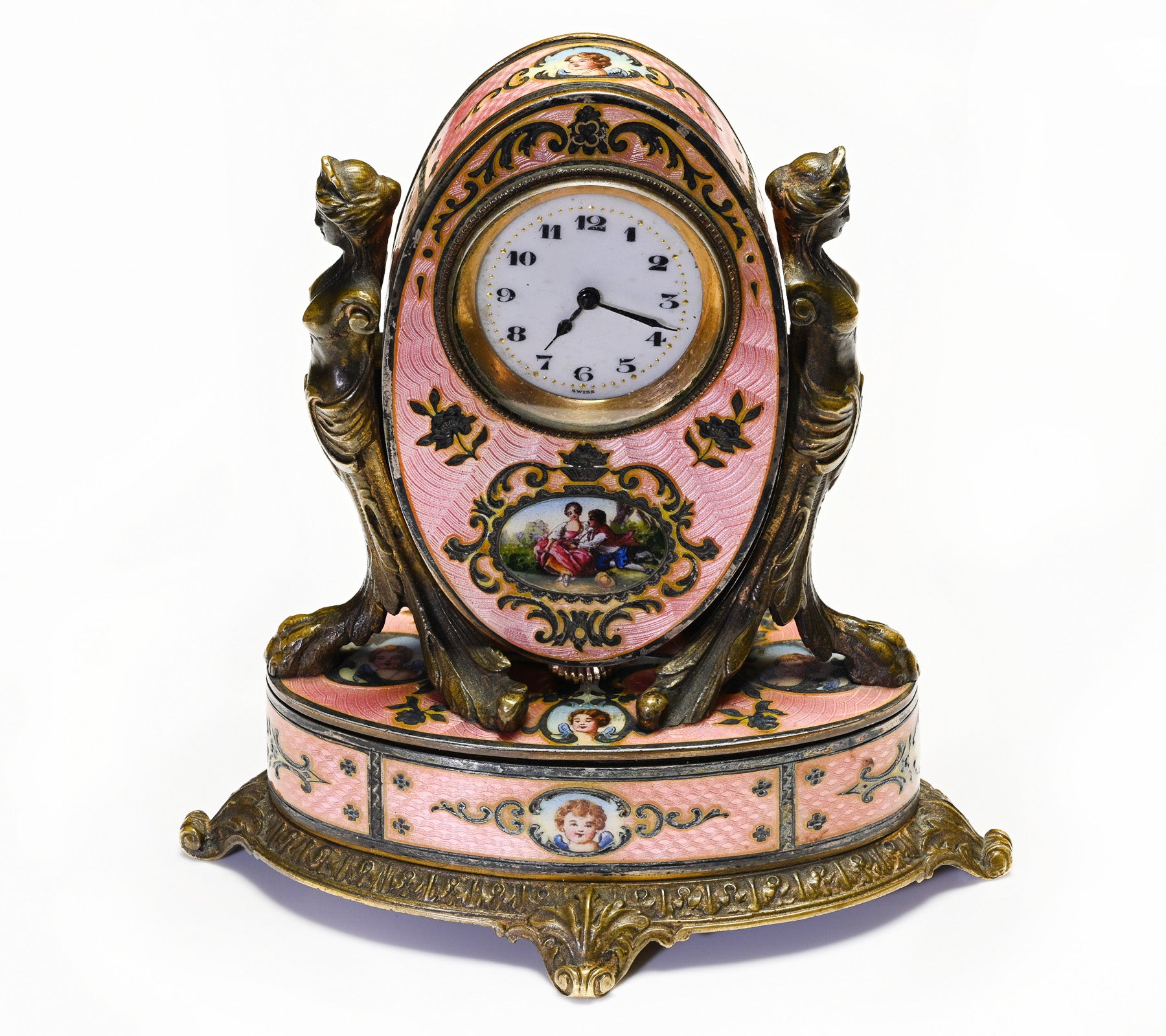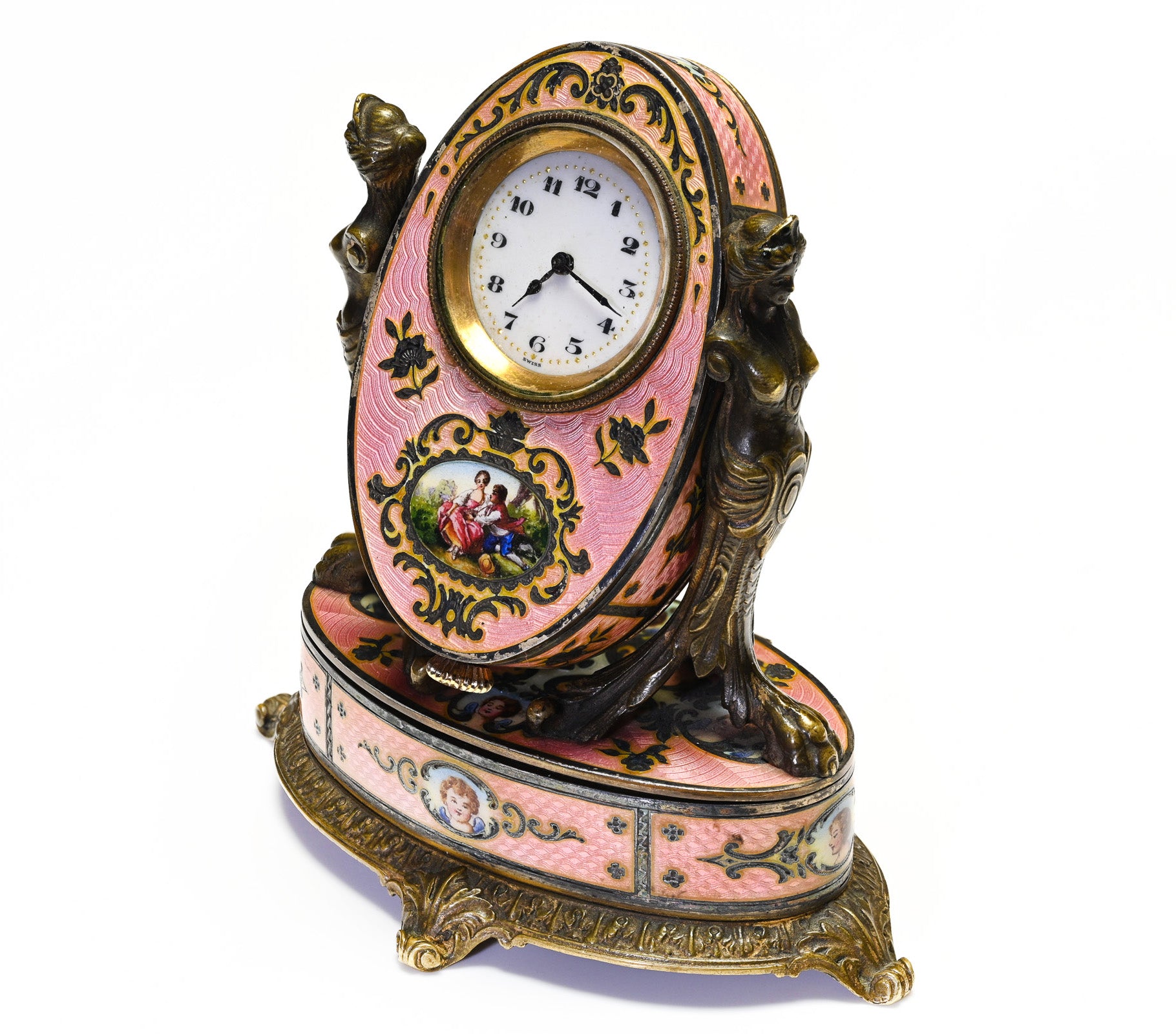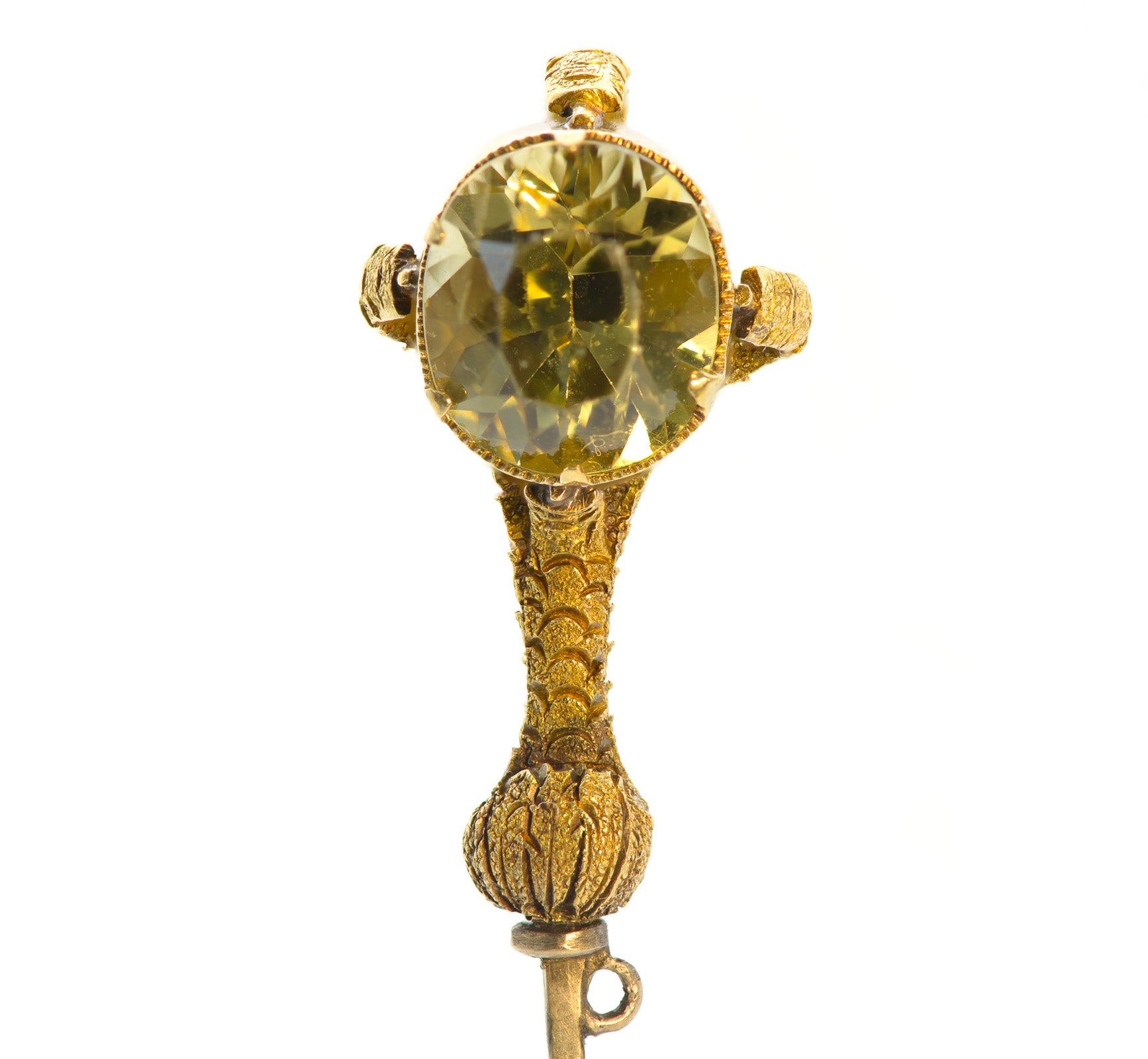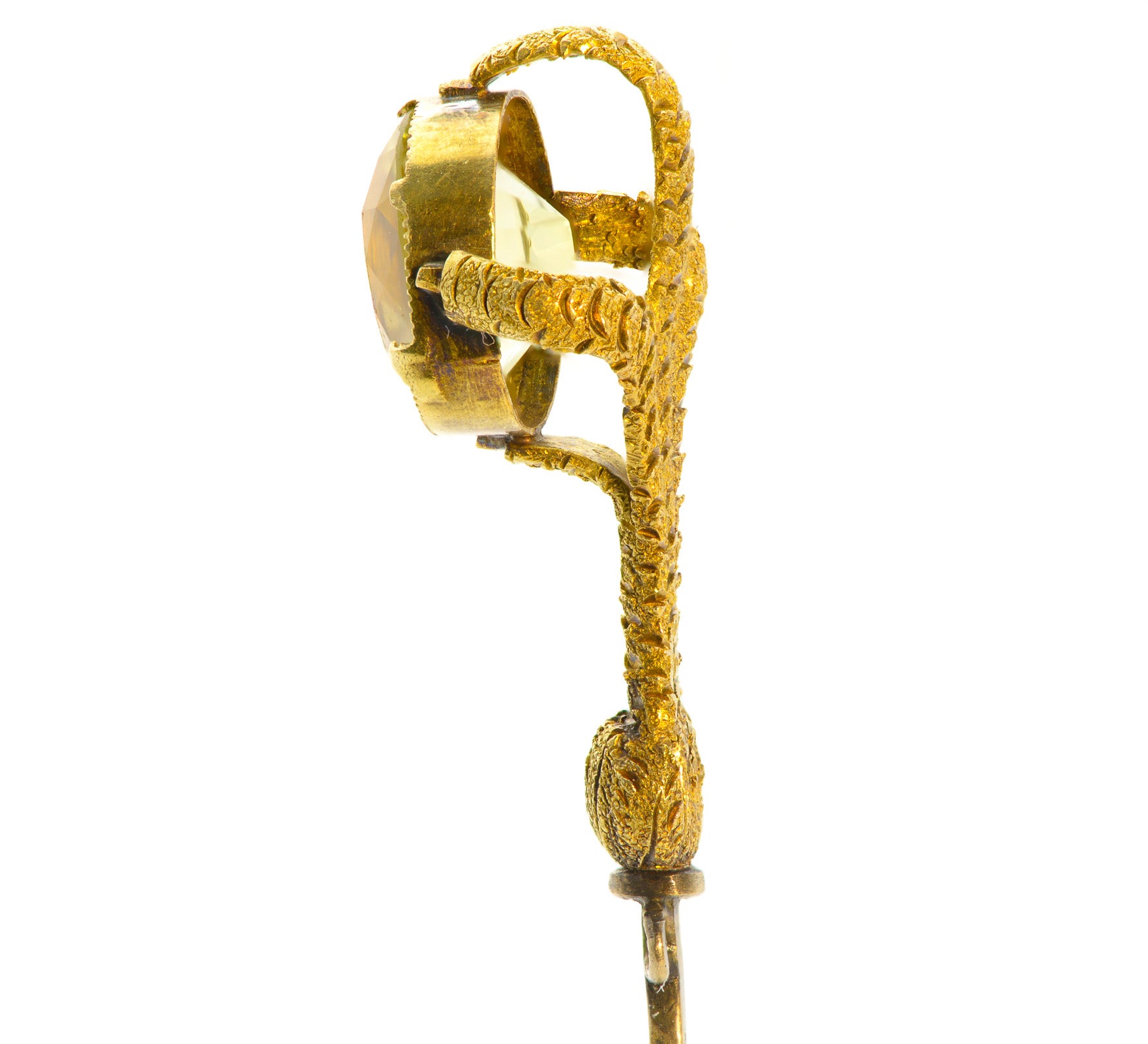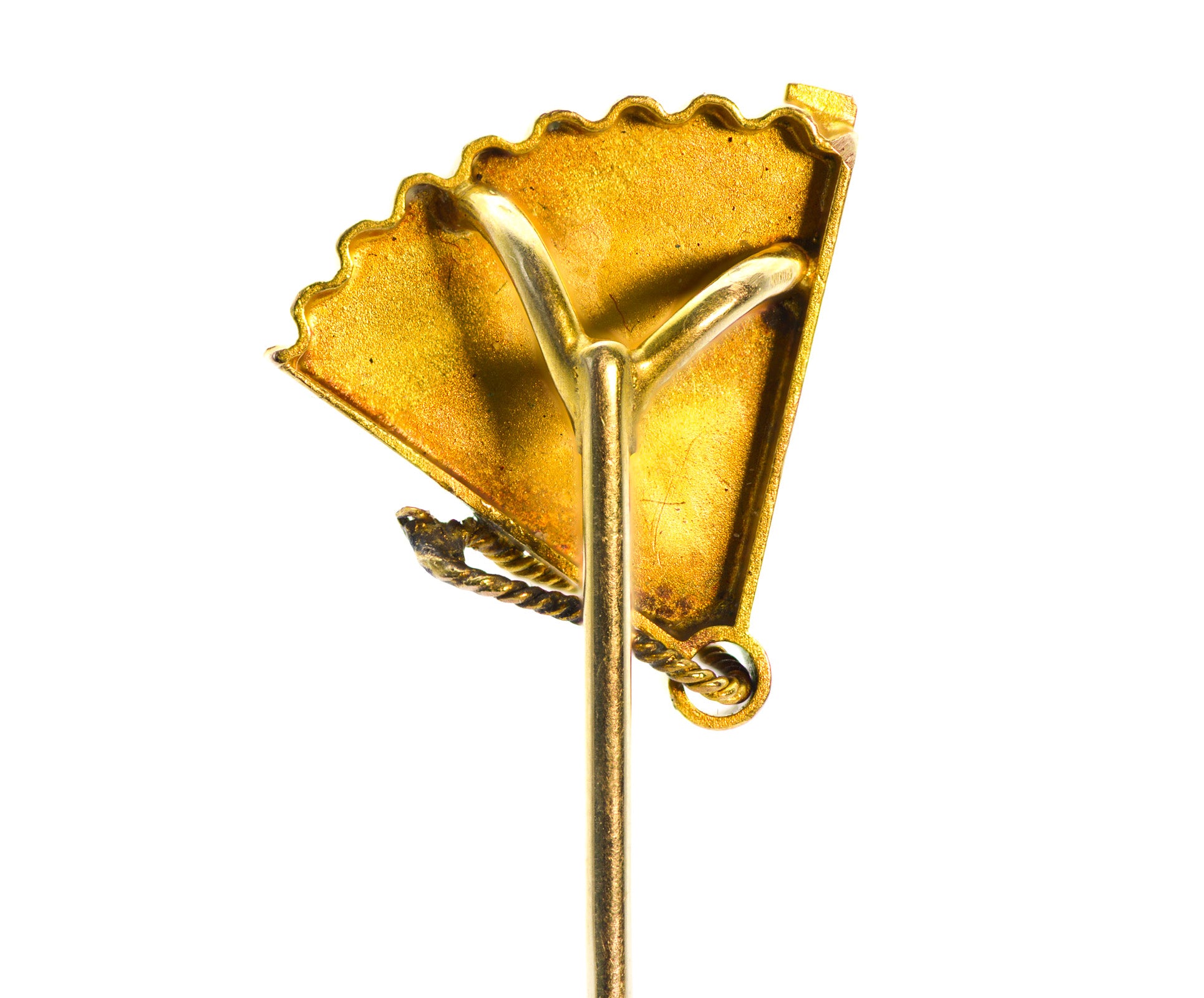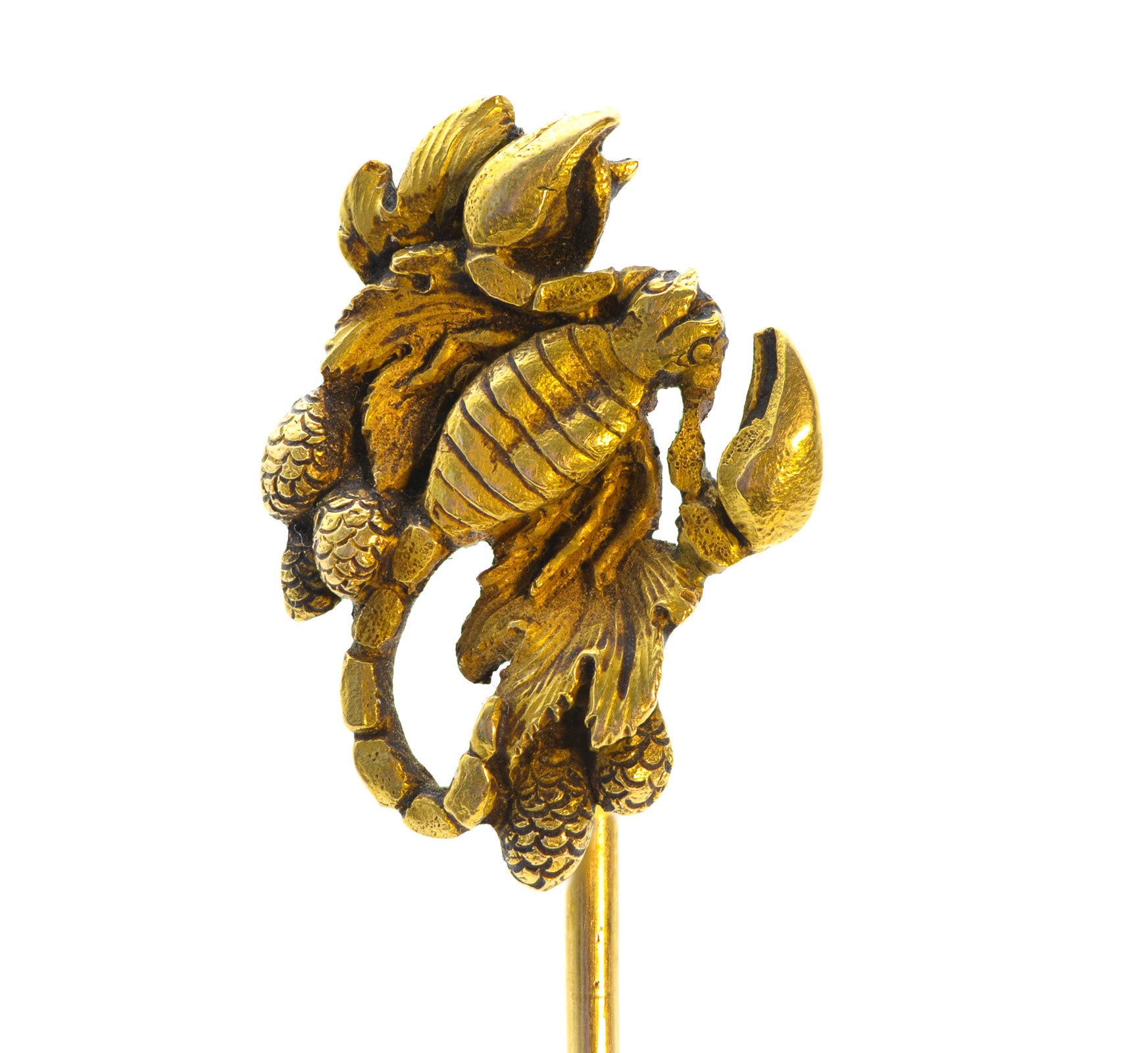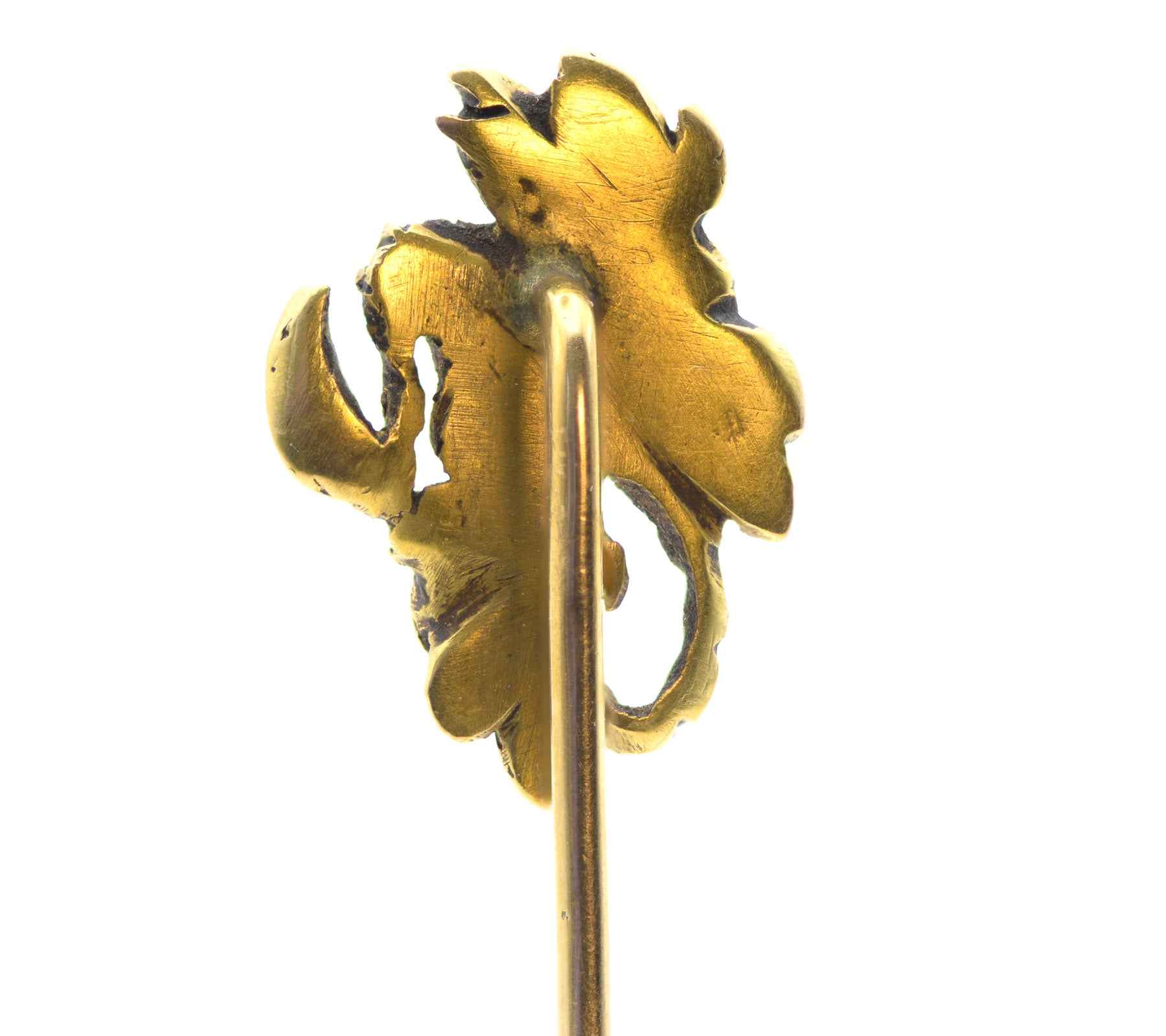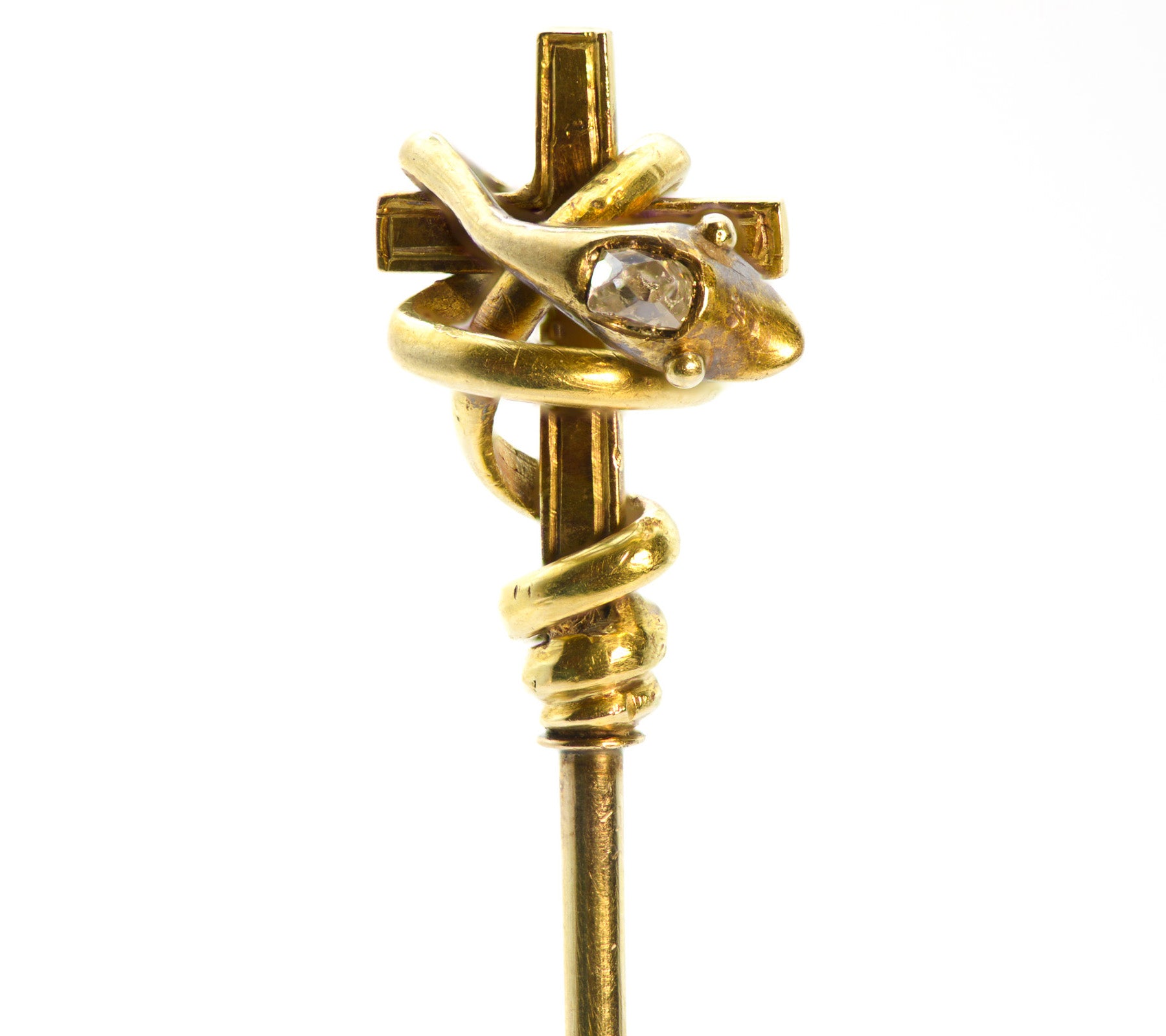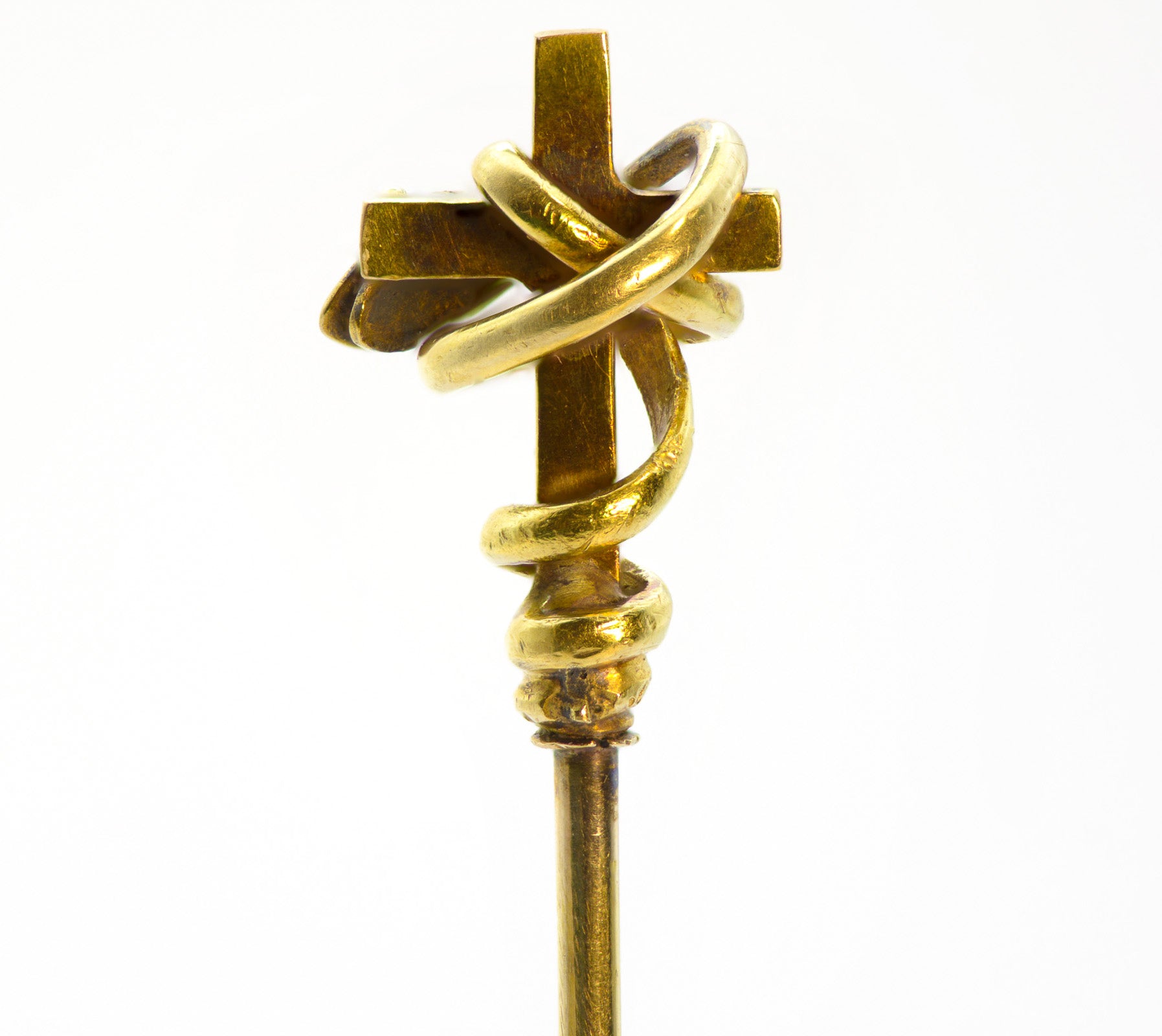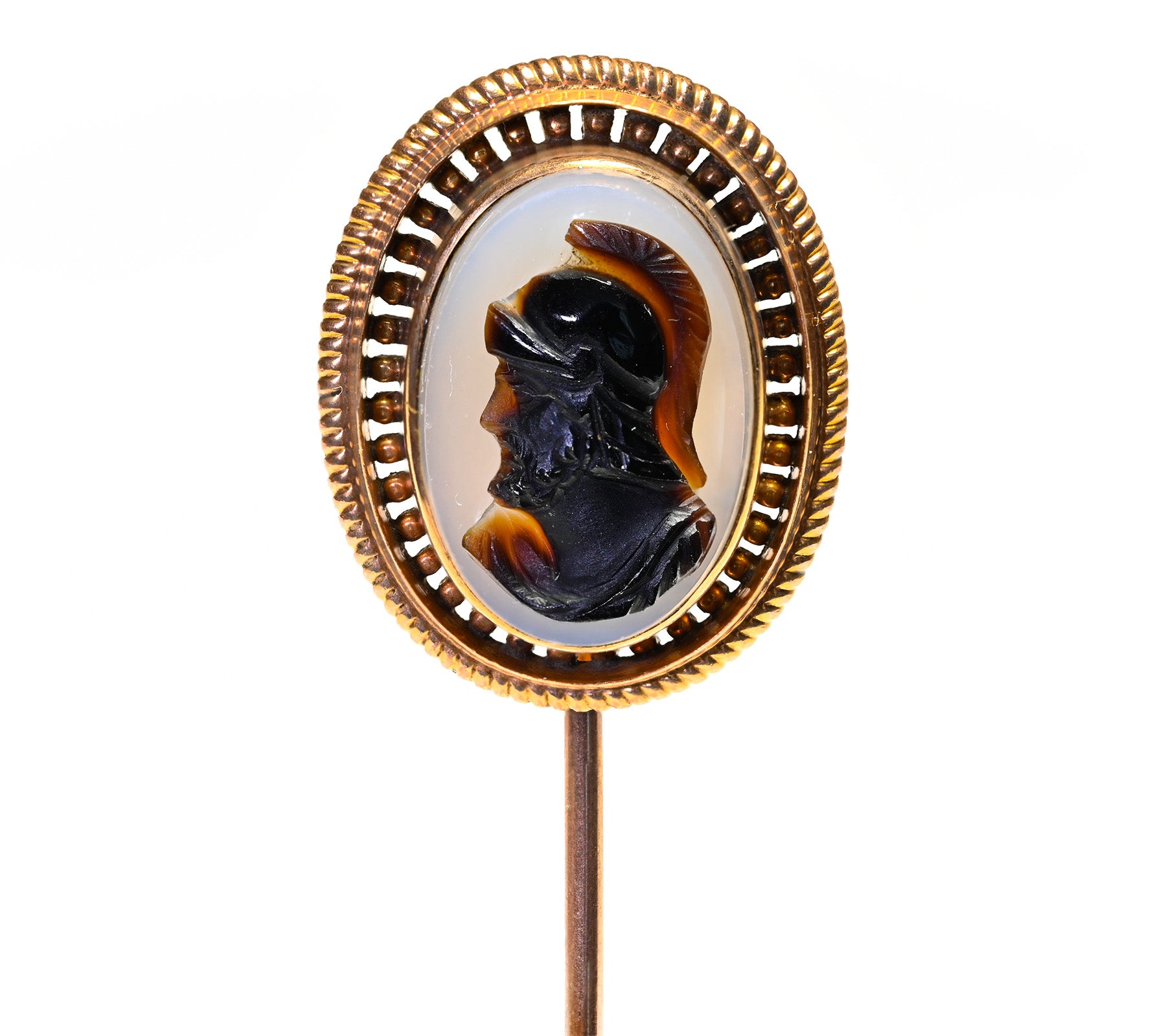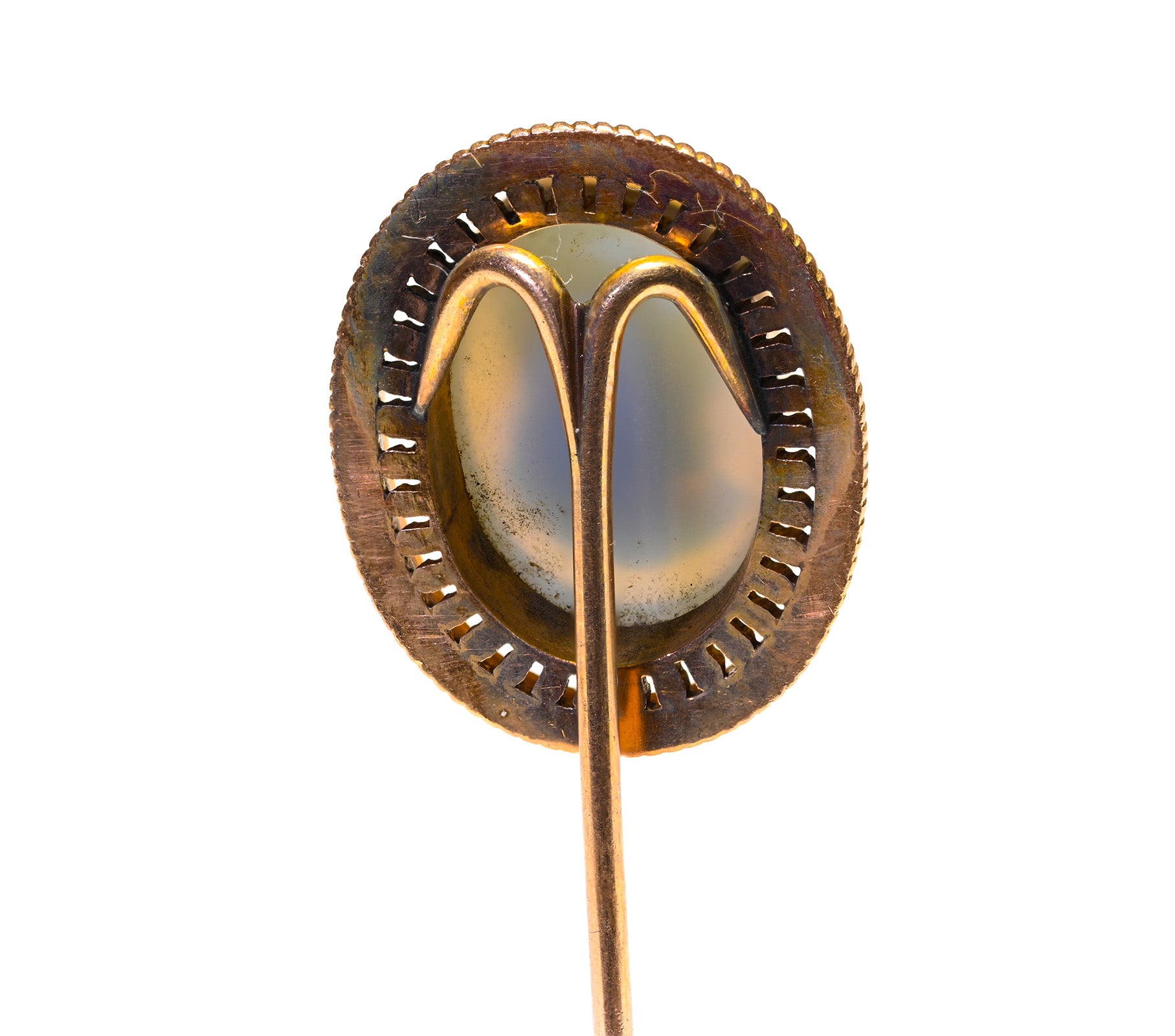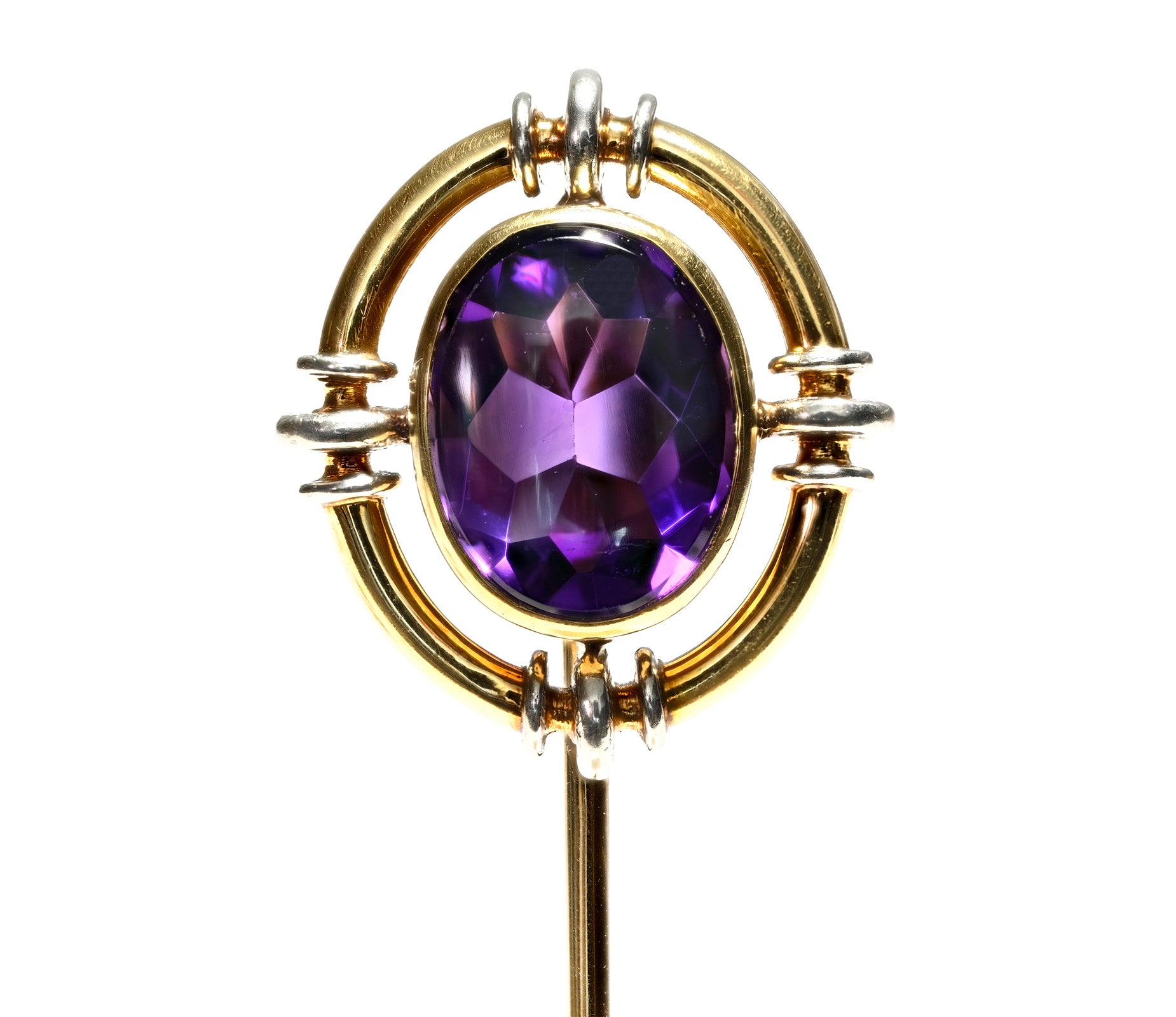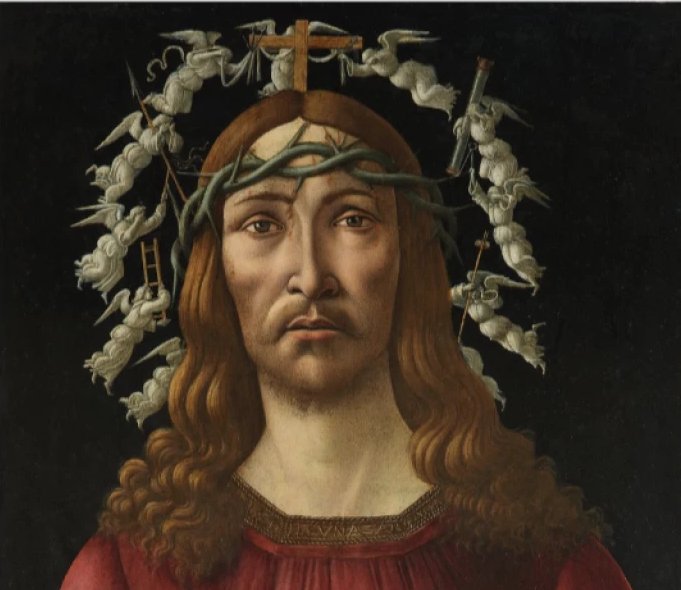
"The Man of Sorrows" By Botticelli Sold At Auction For $45 million
"The Man of Sorrows" - a painting made by the famous Italian Renaissance artist Sandro Botticelli - has been sold at a New York auction for around $45 million.
It is considered one of the last great masterpieces by Botticelli remaining in private hands, and Sotheby’s presented it at the annual Masters Week sales series in New York. Three art collectors "battled" for the purchase of the painting at the event. The identity of the buyer of this astonishing work of art was not disclosed by the auction house.
Executed in the late 15th/early 16th century, The painting "The Man of Sorrows" is a portrait of Jesus Christ depicted wearing a crown of thorns on his head and having his arms and wrists bound with ropes.
"The Man of Sorrows" By Botticelli
The painting’s most distinctive features are the strictly frontal presentation of Christ and the halo of angels holding instruments of the Passion painted en grisaille, a painting technique by which an image is executed entirely in shades of gray and usually severely modeled to create the illusion of sculpture.
According to experts, the masterful painting was made at the end of Sandro Botticelli's life (1445-1510), when the artist adopted a style characterized by Christian symbolism and visionary spirituality.
Works by Botticelli – from any period – remain exceedingly rare at auction. His late works, in particular, very seldom appear on the market, with only a handful of other works from this period (post-1492) known to be in private hands.
"To bring to auction a work by Botticelli of this quality is a major event in the world of Old Masters--but to do so a year after the landmark sale of Botticelli’s Young Man Holding a Roundel is a once-in-a-generation phenomenon. This extraordinary painting is a prime example of what makes Botticelli such a captivating artist: a bold visual style coupled with a singularly human approach to portraiture. In taking what is a rather difficult and somber subject matter of Christ following his persecution, Botticelli creates a deeply complex and moving portrait that is truly timeless," George Wachter, Sotheby’s Chairman and Co-Worldwide Head of Old Master Paintings, commented.
It is considered one of the last great masterpieces by Botticelli remaining in private hands, and Sotheby’s presented it at the annual Masters Week sales series in New York. Three art collectors "battled" for the purchase of the painting at the event. The identity of the buyer of this astonishing work of art was not disclosed by the auction house.
Executed in the late 15th/early 16th century, The painting "The Man of Sorrows" is a portrait of Jesus Christ depicted wearing a crown of thorns on his head and having his arms and wrists bound with ropes.
"The Man of Sorrows" By Botticelli
The painting’s most distinctive features are the strictly frontal presentation of Christ and the halo of angels holding instruments of the Passion painted en grisaille, a painting technique by which an image is executed entirely in shades of gray and usually severely modeled to create the illusion of sculpture.
According to experts, the masterful painting was made at the end of Sandro Botticelli's life (1445-1510), when the artist adopted a style characterized by Christian symbolism and visionary spirituality.
Works by Botticelli – from any period – remain exceedingly rare at auction. His late works, in particular, very seldom appear on the market, with only a handful of other works from this period (post-1492) known to be in private hands.
"To bring to auction a work by Botticelli of this quality is a major event in the world of Old Masters--but to do so a year after the landmark sale of Botticelli’s Young Man Holding a Roundel is a once-in-a-generation phenomenon. This extraordinary painting is a prime example of what makes Botticelli such a captivating artist: a bold visual style coupled with a singularly human approach to portraiture. In taking what is a rather difficult and somber subject matter of Christ following his persecution, Botticelli creates a deeply complex and moving portrait that is truly timeless," George Wachter, Sotheby’s Chairman and Co-Worldwide Head of Old Master Paintings, commented.
The painting, which is in a good state of preservation and framed in an ornate gilt frame, belonged in the 19th century to a famous English opera singer of the time, Adelaide Kemble Sartoris, and then to her heirs. At its previous auction in 1963, the painting was bought for £10,000 ($28,000). The painting has remained in the same distinguished private collection, practically unseen until its recent inclusion in the major monographic exhibition devoted to the Florentine master at the Städel Museum in Frankfurt in 2009–2010.
Botticelli's Late Masterpiece
A defining example of his late career, The Man of Sorrows is an illustrative representation of the changes in Botticelli’s style and subject matter in the late 15th to early 16th century, according to Sotheby’s.
As opposed to his poetic mythological scenes such as The Birth of Venus and Primavera of the previous decade, Botticelli’s output from the 1490s and onward is more sober, austere, and spiritual in nature, as exemplified in the present work and his Mystic Nativity of 1500 in the National Gallery in London.
"During the final decade of his life, Botticelli’s output was markedly different from his earlier career, which is often characterized as the epitome of Renaissance ideals of humanism and beauty.
Botticelli's Late Masterpiece
A defining example of his late career, The Man of Sorrows is an illustrative representation of the changes in Botticelli’s style and subject matter in the late 15th to early 16th century, according to Sotheby’s.
As opposed to his poetic mythological scenes such as The Birth of Venus and Primavera of the previous decade, Botticelli’s output from the 1490s and onward is more sober, austere, and spiritual in nature, as exemplified in the present work and his Mystic Nativity of 1500 in the National Gallery in London.
"During the final decade of his life, Botticelli’s output was markedly different from his earlier career, which is often characterized as the epitome of Renaissance ideals of humanism and beauty.
The Man of Sorrows is a remarkably realistic portrayal of Christ symbolizing his suffering and death, but with an astounding degree of humanity that is the hallmark of Botticelli’s portraiture, and showcases Christ’s divinity with a stunning psychological depth.
The painting spotlights Botticelli’s intense spirituality that greatly influenced his later period work and life, and presents a unique insight into Botticelli the man and Botticelli the artist," explained Christopher Apostle, Sotheby’s Head of Old Master Paintings in New York.



